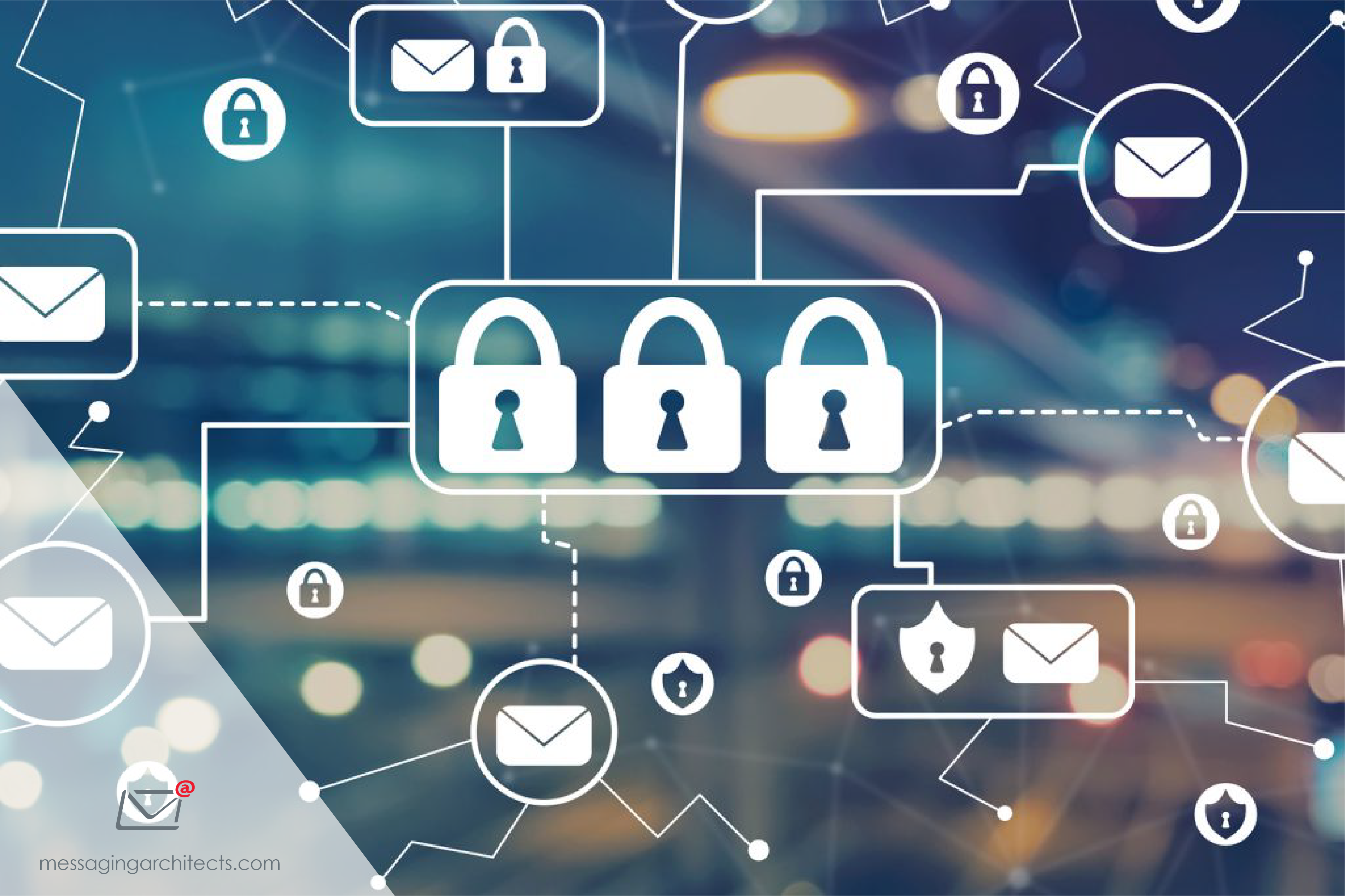Streamline Email Governance with a Midsummer Fitness Check
Many organizations have a love/hate relationship with email. On the one hand, email remains the cornerstone of business communication. On the other, without diligent oversight, it can quickly become not only a time sink, but also a security and compliance liability. Spending some quality time on email governance can make the difference. Automate Email Policies A midsummer IT fitness checkup provides the perfect opportunity to review and update email policies. A well-crafted email policy both improves regulatory compliance and streamlines the archive to ease the eDiscovery process down the road. But policies require periodic adjustments to keep up with regulatory






















